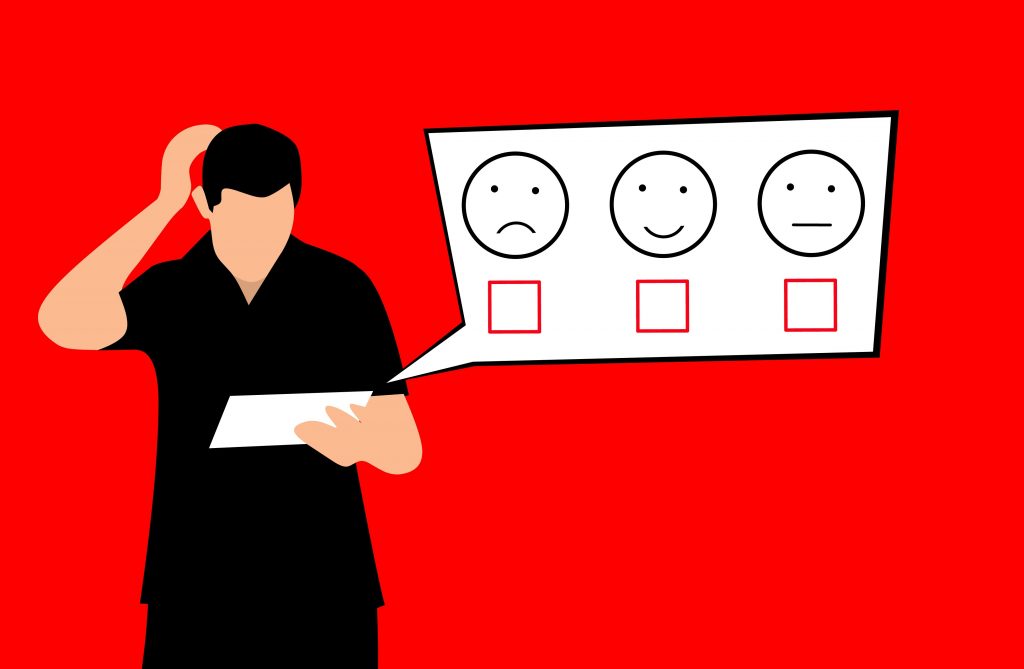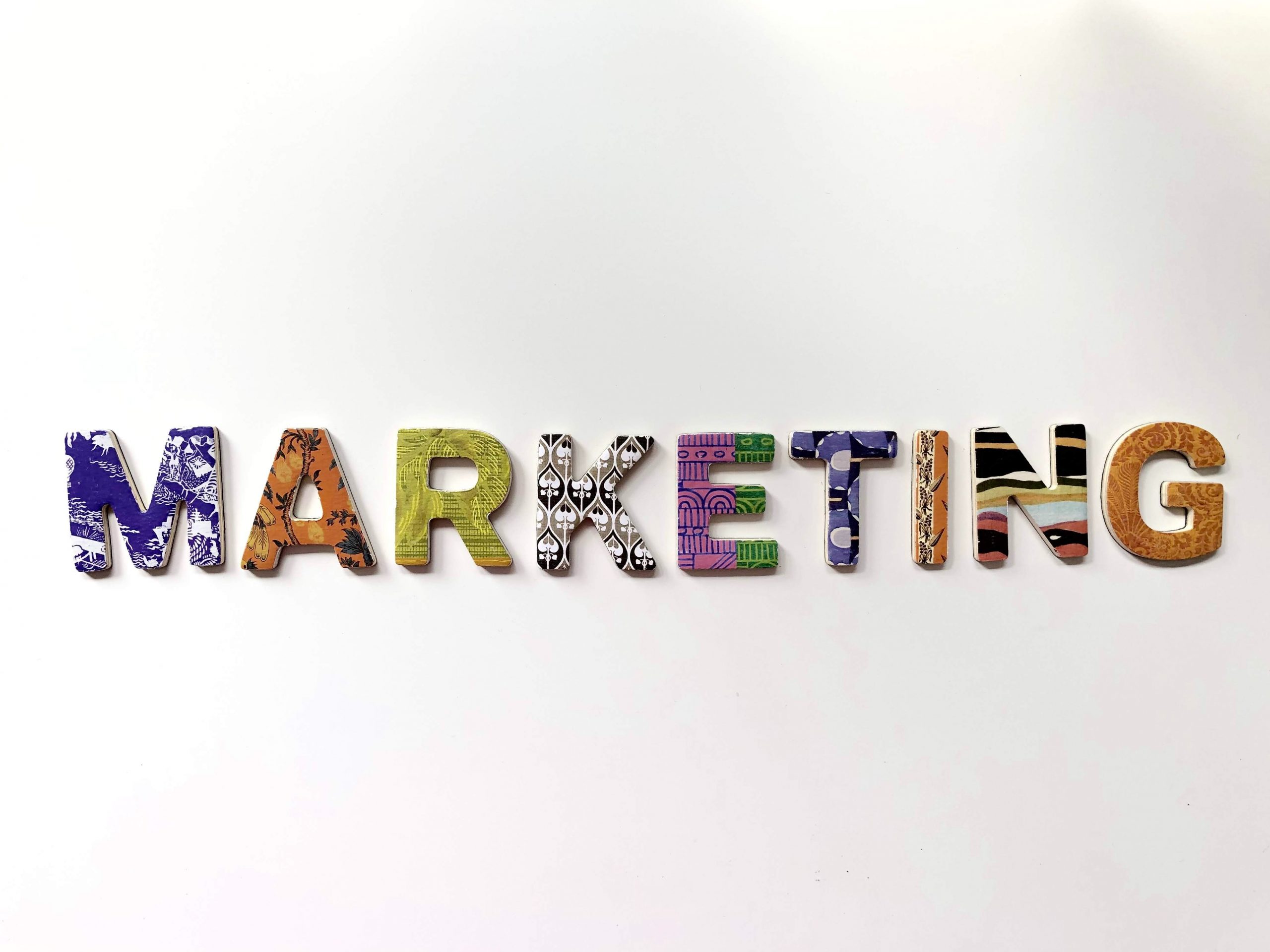What Digital Marketing Is All About (Benefits, Differences & More)

I’m going to help you become a better digital marketer by showing you some of the most important things you need to know about digital marketing. It has been made to seem way more complicated than it actually is. If you do want to get the best results possible from your digital marketing, you’re going to understand the strategies that I’m going to be sharing with you. You will be a better digital marketer if you understand and implement the materials presented in this article.
The very first thing that I need to share with you is the differences between digital marketing and traditional marketing.
Digital marketing is really just marketing done through the use of digital channels. When the term “digital marketing” comes up what people are talking about is marketing through the use of channels like SEO or Search Engine Optimization, social media, Pay Per Click, or online ads like Facebook or Instagram, etc.
Not to mention email marketing, website optimization, or anything that really takes place online or through the use of digital media.
You can contrast this with traditional marketing using traditional media, things like TV or the radio, newspapers or magazines, or billboards. Basically anything not digital. It still works but there are better advantages to using digital marketing and all the digital channels that we now have available.
Benefits of Digital Marketing
Digital Marketing tends to give you a much larger audience size

You can reach anybody that’s all by millions and millions of people online. With audience targeting not only are you able to reach millions of people well, but you also want to reach all of them because all of them are not going to be the perfect fit for your business. You can be laser focused and selective on the most ideal and perfect people that you want to target.
Digital Marketing also tends to be significantly more cost effective
Ads in large newspaper publications like the New York Times or even a Superbowl commercial are designed to appeal to mass markets to try to reach everyone. Probably not your goal, rather, which wanted you to be laser focused and selective with your marketing and reach only those people most likely to buy from you.
Digital marketing also allows you to get immediate feedback and this is probably one of my favorite benefits of the channel.

If you think about running a magazine ad where you’ve got to think of the copy of the creative and what you’re going to say and then you’ve got to get it all written up and sent to the magazine. It’s got to get published and distributed.
You could be looking at weeks or even months before you ever figure out if this worked or not. With digital marketing, on the other hand, you can write it out and have it online in a matter of minutes. Immediate feedback, correction, and results.
Plus digital marketing tends to be a whole lot easier to measure and track because there’s a digital trail that allows us to measure costs and results and everything in real time. We can make adjustments, tweaks, and optimizations on the fly.
Contrast that with waiting three months for a magazine to come out and figure out if things worked or not. You can’t measure clicks on a magazine. So the best you can hope to do is to build a form of the magazine or visit a digital channel that ties it back into digital.

There are obviously some serious advantages here to choosing digital channels with digital marketing. That’s not to say that traditional marketing doesn’t still work but to take a look at either and then take a few steps back to the strategies, fundamentals, and principles of consumer behavior.
Why people do the things they do, and then focus on mastering and learning that then you can apply that to digital tools or traditional channels or any other channels that come out, and getting analysis in your business doesn’t have to.
Understanding the differences between strategy and tactics helps you become a better digital marketer
Strategy is where you want to focus your efforts first and foremost because it’s the foundation on that all of your future marketing efforts, tactics, tools, software, and things like that are going to be built.

There are a ton of different strategies and approaches to look at your digital marketing but it always comes back to four basic and really solid principles that have stood the test of time. They make up the center of the hub and spoke model of marketing. The four are made up of model, market, message, and medium.
Model
The model is essentially your business, your offering package, servicing the pricing that goes with it, and how you deliver whatever it is that you deliver to the market. It’s important here to design your model and design your business around what is the most enjoyable, and profitable by partnering up with a business that you absolutely hate.
Market
These are the people that you’re going to serve but want to see everyone or anyone who wants to be laser focused, exactly who is going to get the best results from your product or service and also the market that you’re going to most enjoyed serving. In marketing, we call this an ideal customer avatar or an ideal client avatar and it’s made up of demographic details like age, gender, income, occupation, geographic details like what city or state or province, or country they live in psychographic details like what are their values, attitudes, and lifestyles.
Message
Here’s where you’re going to clarify and connect with your ideal target market by speaking directly to them about their problems and their frustrations, and how your business is uniquely positioned to help solve that for them. Telling stories about previous customers and previous client results is an incredibly effective way to do this as is getting testimonials from them.

Telling stories about previous customers and previous client results is an incredibly effective way to do this as is getting testimonials from them.
And running case studies proving that you know what you’re talking about. When you say you’re going to do it. The point here is that to craft truly effective messages, well, you’ve got to understand who your marketing is and what really makes them off and what makes them do the things they do. A little bit of market research and having a few chats with your customers never hurts and the fourth part of the core
Medium
This is where you’re going to go to do your marketing with the digital channels you’re going to choose. Start with the media by hearing the great thing about Facebook ads or YouTube marketing, maybe starting a podcast, and then they just rush in.
They’re forgetting all about the messenger marketing model. They’re building their marketing on a pretty sketchy foundation. This is why if you go through the steps in the right order, starting with the model, moving on to market identifying the message by the time you get to the choices should be abundantly clear.
You should know exactly where your ideal target market is and be active online. The reality is you don’t need to do everything. You don’t need to be everywhere. You just need to be the places where your ideal target market hangs out.
Tactics
Tactics are how you’re going to execute everything that I just previously mentioned. The details, actionable steps, or executable things that you’re actually going to go and put into practice.

You’re using the market that you’re going after, the messages you’re going to use, and the immediate choices that you’re going to deploy your marketing on.
Examples Of Tactics
What frequency are you going to post
What kind of content are you going to post
What schedule or level of consistency
A tactical question would be “what’s the best time to post on social media?” A strategic question would be, “which social media platforms should we be on?”
You should know about digital marketing is the difference between Paid And Organic
Organic content in digital marketing is essentially anything that you create for free. So anytime that you make a post on Facebook or an Instagram story or a YouTube video or anything like that, and you’re not paying money to have it promoted so therefore it’s organic content.
This doesn’t mean that it’s free content because odds are good you put time and energy and possibly a decent amount of money behind the content that you’re creating but not to promote it. It’s still classified as organic content.

So if organic marketing is putting out content and not being promoted, well-paid marketing is the opposite of that.
The big players in this space right like Facebook, Instagram, YouTube, and Google have ad platforms that they rely heavily on. Paid media (pay-per-click or PPC) shows up in the news feeds of people that you’re targeting.
Now of course, like all marketing strategies, there are pros and cons to both. Organic is free essentially but it’s going to be a little more limited in audience reach because of the way the algorithms work favors supply and demand of content.
They will ALWAYS favor paid media because it allows you to reach a ton of people very quickly. So essentially, the choice between organic and paid comes down to time versus money along with supply and demand on a particular platform.
Direct response versus brand awareness
When you do direct response marketing, you’re creating an ad or you’re creating a piece of content, and you’re focused on getting an immediate and tangible return. Something like signup, a phone call, a lead, or a sale.
Direct response marketing can be run on a Facebook ad, expecting to generate a lead, send out an email, measure the number of conversions, promote a video track, and how many people signed up for a free trial. All of these are direct responses because you’re expecting something immediately and you’re gonna be able to track and measure it so you can do more of what works and what doesn’t.

The flip side is with brand awareness marketing which is more focused on longer-term building trust and authority with direct response. Measuring things like leads and sales and conversions along with things like trust and authority and possibly “@ mentions.”
Though a lot harder to quantify and measure, it’s a lot more intangible. The reality is long-term to build a scalable, sustainable, and profitable business. But you will need a decent mix of both direct response marketing and brand awareness marketing to make your digital marketing journey a success.
One of the biggest mistakes in all of marketing is running brand awareness marketing campaigns and expecting direct response results. This is a recipe for failure and one of the biggest reasons that people claim their marketing just isn’t working.
The difference between search versus discovery marketing
The biggest and most important keyword, if you will, is intent. Basically, what’s the intent? Or what is the reason that someone is using a specific platform when they log on in the morning or noon or at night?
So let’s start with a search on platforms like Google and YouTube. When someone logs onto Google, they’re there to find an answer or a solution or product. This is where you as a marketer want to show up in front of them and basically answer their question or give them the solution to whatever it is that they’re looking for.
Some strategies here are using SEO, as well as Pay Per Click advertising
Discovery marketing encompasses brands like Facebook, Instagram, and YouTube to a certain extent. A user on these platforms may have intended, but they’re probably more casually browsing. After all, nobody really shows up in the morning and logs in on Facebook or Instagram with a credit card in hand looking to buy something.

This is why if you’re doing search marketing then you are possibly either looking for something. On the other hand, you’ve got to be a little more creative and entertaining. You’ve got to get their attention, keep it, and allow them to become interested in what it is that you’re selling or promoting.
Now both search marketing and discovery marketing are incredibly important parts of building a sustainable business. But just like with direct response marketing and brand awareness, you want to make sure that you’re using the right tool for the right job at the right time, in the right place.
Difference between marketing products and marketing services
Most of the marketing information, for example, courses and training revolve around the marketing of products. A product is something tangible that you see, touch, or even possibly taste.
A service is intangible, you can’t hold, touch, see or taste it. Plus with services you often need to pay in advance which requires a whole new level of trust. This is why if you’re marketing a service-based business and you try to market it like a product-based business, you might be very disappointed.

When it comes to marketing products, you have the opportunity and the advantage of being able to explain, show, or demonstrate how a product works. You want to show it in action, the features and benefits to deliver the story behind it.
So the main thing when you’re promoting and marketing services is you want to sell the benefits, outcomes, or results that someone will experience after working with you. In fact, when it comes to marketing services, it’s all about seeing the benefits, outcomes, and results that someone will experience.
The key is to highlight the pain or dissatisfaction of their current state and then paint the picture of how they’ll be so much better after providing a solution.
Check Out This Helpful Content:
What Is Digital Marketing? [The Ultimate Online Marketing Guide] [Article]
What Digital Marketing Means (Easiest Way To Understand It) [Article]
What Digital Marketing Skills Are In Demand Or Most Useful? [Article]
13 Digital Marketing Consulting Types For Your Small Business [Article]
Digital Marketing Services And Its Benefits For Creators [Article]
21 Top Digital Marketing Trends For Business (2022) [Article]
How To Start A Digital Marketing Business (With Zero Experience)! [Article]
15 Digital Marketing Types And What It Means For Your Business [Article]
What Is A Digital Marketing Strategy For Content Creators? [Article]




